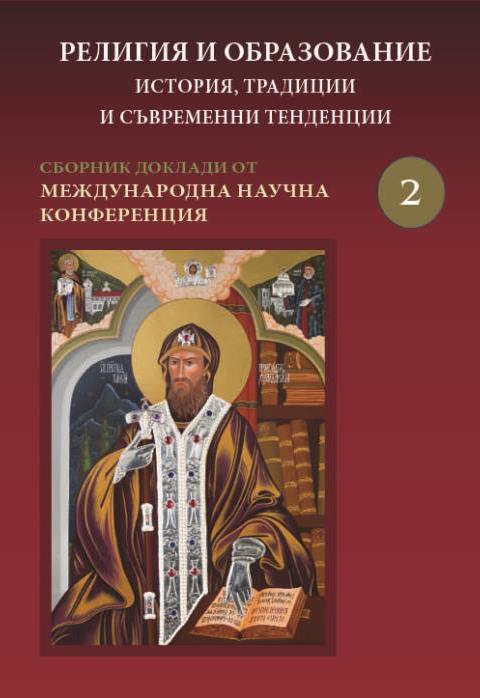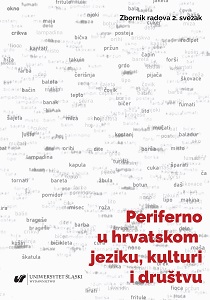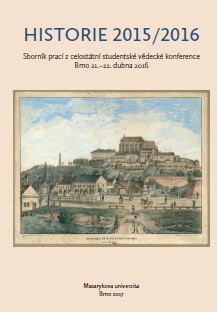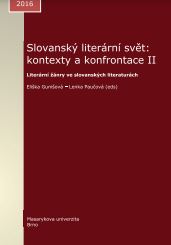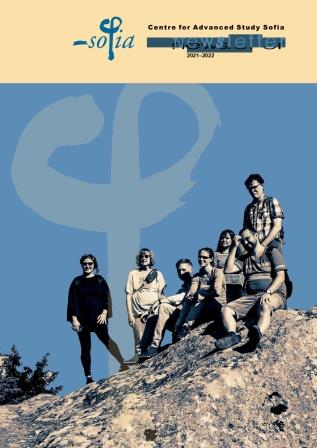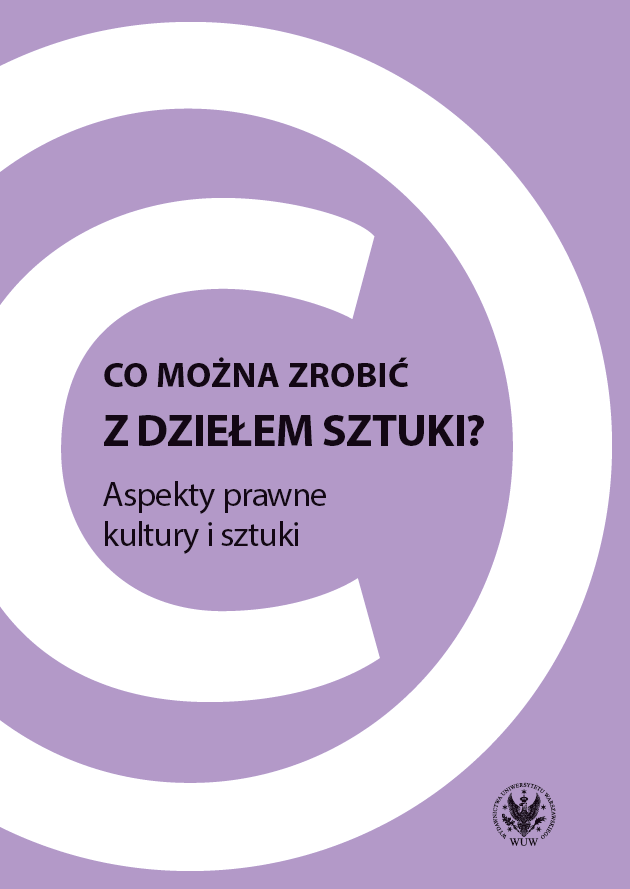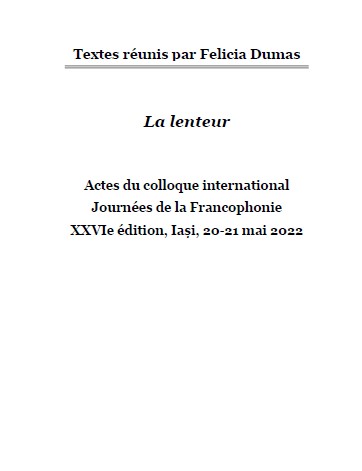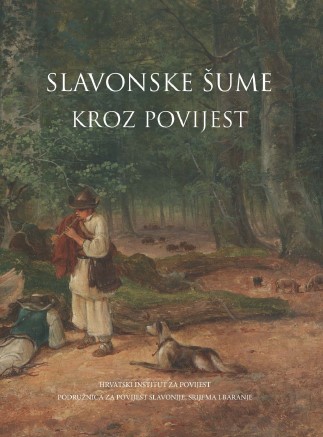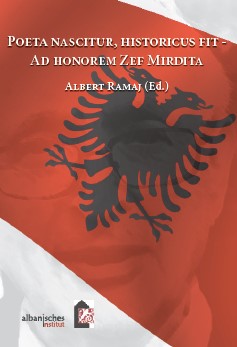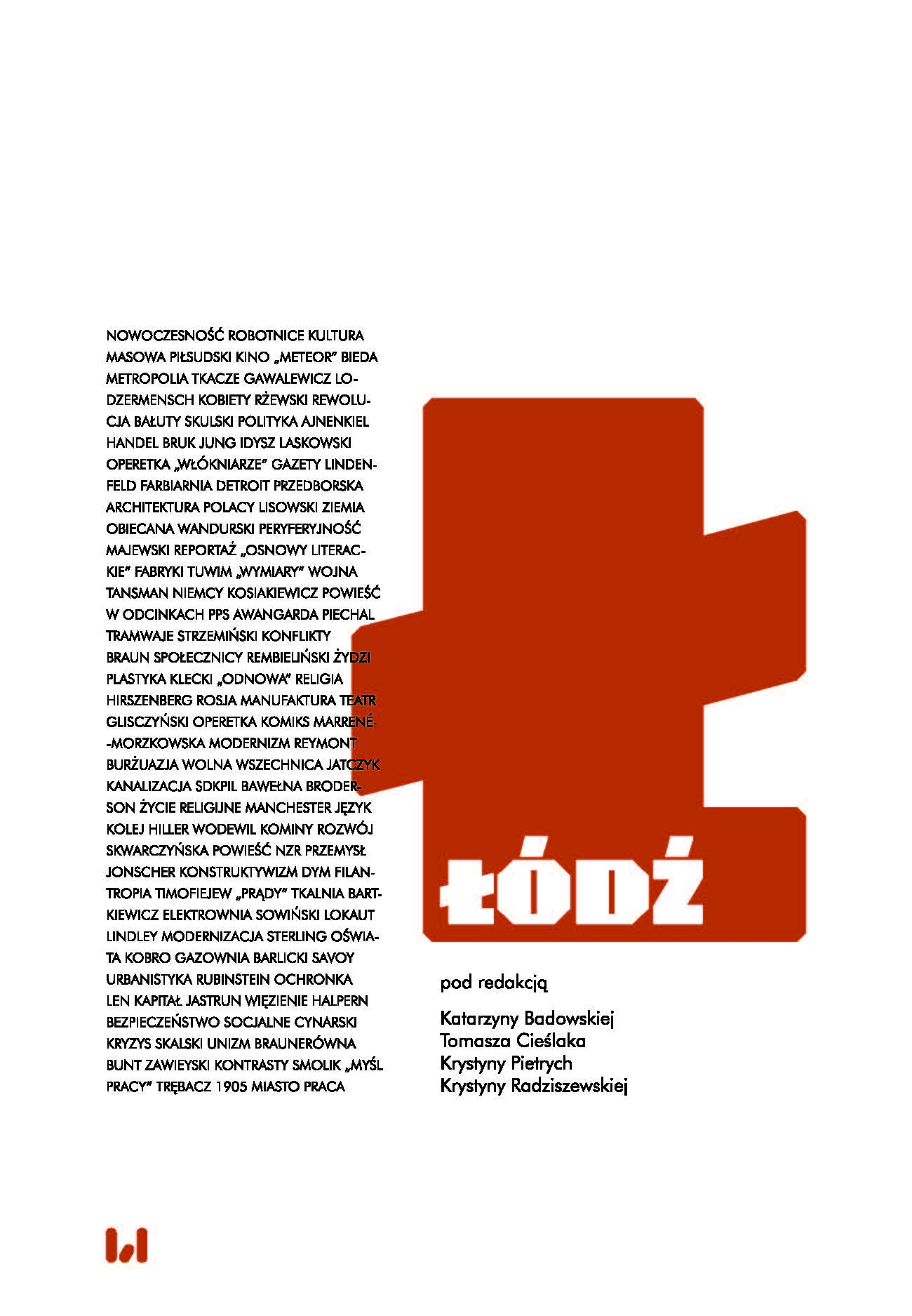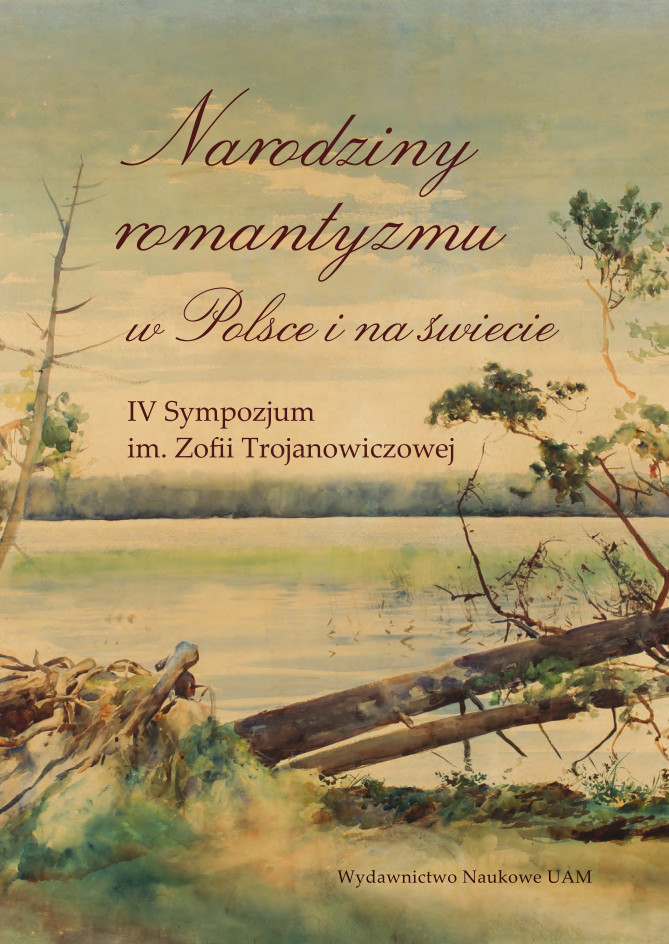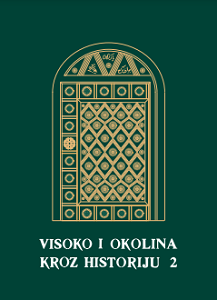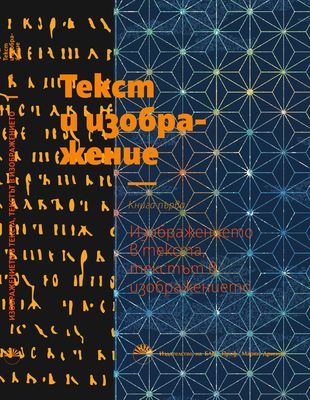Author(s): Jasminka Najcer Sabljak / Language(s): Croatian
Publication Year: 0
The Slavonian forests were over the centuries, particularly throughout the 19th century, an inexhaustible source for many artistic and literary works; artists were fascinated by the luminance of the forests and by their natural power. The forest had a special place in the works of Slavonian artists and writers due to the fact that this area was, throughout the 19th century, mostly covered by inaccessible woods representing the unknown and evoking fear; at the same time they were a creative challenge for adventurous spirits. In the mid-19th century art movements such as romanticism and realism emerged; escapism from social norms and established topics became a challenge within them. The forest as an independent and separate entity within landscape painting became the preoccupation of romantic artists who subordinated man to the pantheistic force and the power of forest vegetation and nature, demonstrating how defenceless man is against natural conditions. In contrast to the romanticists, the realists elaborate, with extreme precision, forests and wood motifs and concern themselves with forest vegetation, details of the crowns and branches, observing and researching every single detail of nature with botanical precision. These two approaches in painting forests, i.e. landscapes, are evident in the oeuvres of the most significant Slavonian, and also Croatian landscape painters, the leaders of the Osijek School of painters Hugo Conrad von Hötz endorf and Adolf Waldinger. The titles of their numerous works Šuma (The Forest), Slavonska šuma (Slavonian Forests), Šumski krajolik (Woodland area), U mladoj bregovitoj šumi (In the Young Hilly Forests), Unutrašnjost šume (Woodland Interior), Kućica u šumi (The House in the Woods) Šumski put u planini (Forest Path in the Mountain), Slavonski hrastik (Slavonian Oak Forest), Stari hrast (Old Oak), Suhi hrastovi (Withered Oaks), Studije hrasta ili drveća (Oak or Wood Studies), Jasen (Ash), Studija panjeva (Stump Study), Crtež starog hrasta s lišćem (Drawing of an Old Oak with Leaves) speak about the importance of forest motifs in numerous works of these artists which are kept in museum and private collections throughout Croatia.
More...
